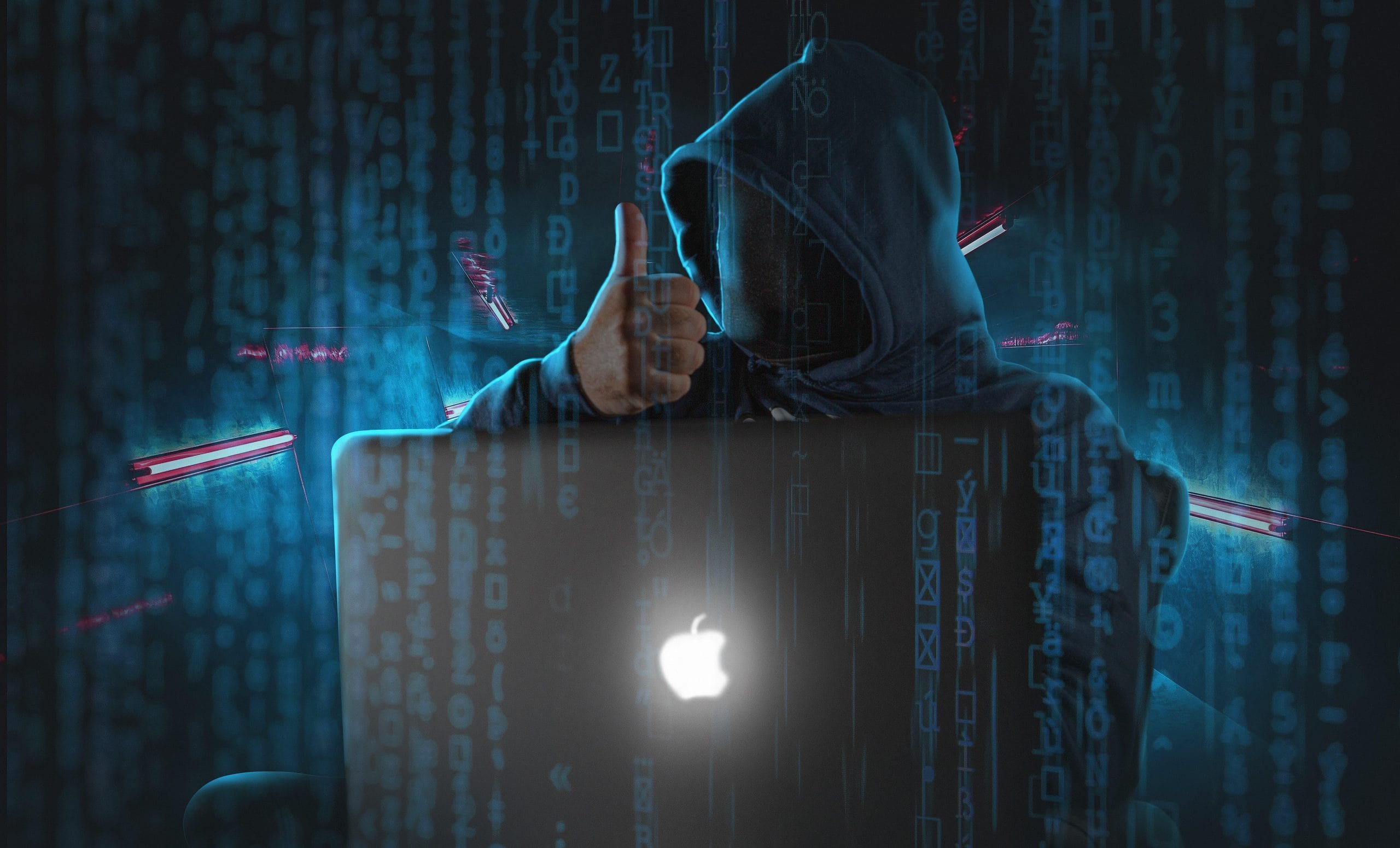It is a common belief that the architecture of Apple's operating system is designed in such a way that it is impossible to create or inject malicious software into it, so Mac OS users do not need special antivirus programs. We decided to check whether such confidence is justified.
The idea that there are no viruses on Mac OS is quite common. This statement can be found on various forums, where the advantages of a particular operating system are discussed, websites questions and answers and reviews technology. Questions about whether an antivirus is needed for Mac OS are regularly asked by Internet users, including on such large technology resources as “Durov code», Kaspersky, TechInsider And "Habr». There was even a network around this belief. folklore: “Are there viruses for Mac? There are, but they are paid."
Malicious software (software) called all programs created for any unauthorized and usually malicious action on a computer, smartphone or other device. In fact, malware includes not only viruses, but also all kinds of spyware, programs for stealing passwords (for example, keyloggers), Trojans (unlike a virus, they cannot copy and infect files on their own; this will require downloading a special program or exploiting a system vulnerability), ransomware and adware. Formally a virus counts only a program that is capable of distributing copies of itself with the purpose of infecting and damaging data on the device. Viruses enter the computer from other already infected devices, through various storage media (flash drives, CDs, DVDs, etc.) or via the Internet.
In 2021, damage from cybercrime in Russia exceeded 150 billion rubles, and in 2022 the figure, according to experts, may be even higher - more than 165 billion rubles. According to research Megafon Cybersecurity Index, nine out of ten Russian companies were attacked by cybercriminals in 2021. The most common way theft of electronic money - the introduction of viruses and phishing attacks. One of the largest cyberattacks in the world was the infection of more than 230,000 computers in 150 countries with the WannaCry ransomware virus. Global financial damage from this program is assessed at $4 billion.
To make sure that viruses are a real threat for computers with the Mac operating system, just go to the official website Apple and review the section on malware protection. Company offers Built-in security solutions (Execution Disable (XD), Address Space Layout Randomization (ASLR) and System Integrity Protection (SIP)) and also allows the use of third-party applications. The largest developers of antivirus programs also offer solutions for Mac OS. There are antiviruses for this operating system Avast, Kaspersky, McAfee, Norton, Avira and other companies. Moreover, these programs allow you to protect your device not only from viruses, but also other malware. AV Test, an organization that evaluates antivirus software, leads such statistics on the development of malware for Mac OS.
And although it displays data only from 2013, the first viruses for Mac OS appeared much earlier. In 1982 there were created two programs that most closely correspond to what is now understood as computer viruses - Virus 1,2,3 and Elk Cloner, affecting computers running the Apple II operating system, the predecessor to the current Mac OS. It is noteworthy that Elk Cloner was created by 15-year-old schoolboy Richard Skrenta. The virus displayed a poem on the user's screen every 50th boot of the operating system.
Viruses for computers with IBM PC (predecessor of Windows) appeared later, in the mid-1980s.
The most serious threats to Mac OS devices over the past ten years have been the following:
— KeRanger — first a full-fledged encryptor, was implemented into the code of the Transmission torrent client;
— Eleanor — through a converter application, the virus is installed on the computer and gives the attacker remote access to the infected Mac;
— Keydnap — a data thief from Keychain Access (an application that saves the user’s personal data in one place in a protected form), was distributed using a zip archive with the file screenshot.jpg (with a space after the extension).
— Complex — a program downloading other malware was distributed via email as an attached pdf file;
— Coin thief — after downloading a hacked version of the Angry Birds game, the program gained access to the user’s Bitcoin wallet data;
— Mac.BackDoor.Siggen.20 — was distributed under the guise of the WhatsApp application for computers and gave the attacker remote access to the victim’s computer, and the device itself became part of botnet;
— OSX.Loudminer - a cryptocurrency miner, was built into various pirated versions of programs for audio and visual editing.

Presumably, the myth about the invulnerability of Mac OS could arise due to the fact that the number of devices with this operating system has always been significant belowthan the number of Windows devices. In 1984, for every Mac OS device sold, there were six computers running MS-DOS (Windows' predecessor), with the technology gap reaching its maximum in 2004, when 182.5 million Windows devices were sold versus 3.25 million Mac computers (that is, a ratio of 56 to 1). When Apple introduced tablets and smartphones integrated with computers into a single infrastructure, the gap between desktop devices narrowed somewhat. Now in the world, 76% of computers run Windows and 14% run Mac OS (the remaining percentages are on Linux, Chrome OS and other less common systems). It is logical that the more devices there are under one system, the more profitable it is for attackers to create malware specifically for it.
Moreover, when going online, it is worth remembering that a virus entering a system is far from the only threat. Significant place in the world of malware occupy so-called browser viruses. They absolutely do not care what operating system the user has, since they are installed and function inside the browser. Such software can steal user data, spy on him, show intrusive advertising, or install its own extensions in the browser.
Thus, the idea that the Mac OS architecture simply does not provide the ability to create viruses for it is nothing more than a misconception. Malicious software can be created for any operating system. Therefore, you should not neglect device protection measures just because the computer runs Mac OS. It is also better to remember that in the absence of an antivirus, the user risks becoming, if not a victim, then a carrier of malware - for example, by downloading an infected file that is not designed for his system, and then recording this file on a flash drive for another person whose system is vulnerable to this malware.
Cover image: Pixexid

Misconception
Read on the topic:
- Did Bill Gates say that 640 kilobytes should be enough for everyone?
- Is it true that Apple is slowing down older iPhones to boost sales of new ones?
If you find a spelling or grammatical error, please let us know by highlighting the error text and clicking Ctrl+Enter.






